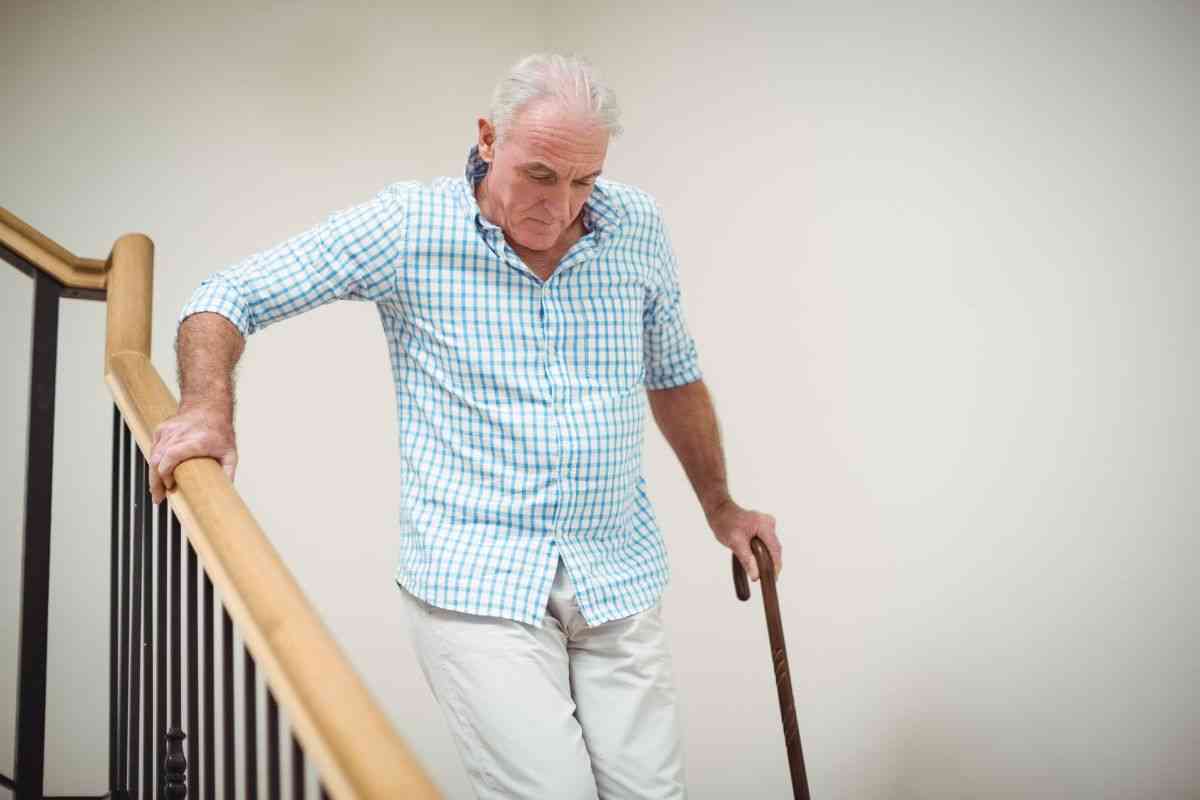
Growing old can be an uphill battle, which begs the question of whether you have given any thought about where you will go when you can no longer take care of yourself. What if you get into an accident tomorrow, leaving you with a disability that takes away your independence? You will have to confront the idea of considering care homes or in-home care. Of course, care homes have their range of challenges, but just like everything else in life, each has its solutions.
A care home business provides services by registered and qualified personnel to those needing help. Care homes provide people with accommodation, food, clean laundry, taking medication, personal needs, and the performance of daily tasks. Every one of these services is specially tailored to each person's needs. There are also day trips, outings, and other social activities to keep residents occupied and to increase their well-being.
High Utility Bills
Due to a lack of funding and rising prices, it has become more critical than ever for care homes to cut costs where they can. This includes water, gas, electricity, and telecoms, essential utilities that care homes need to function properly. Becoming more efficient with utility use is the first step to saving money. It is important to equip yourself with the knowledge to find a good energy provider, or you can use comparison businesses to look for deals that suit a specific care home's needs and budget. If necessary, your care home might have to switch to a different utility supplier that provides you with a better deal.
Lack of Proper Funding
When someone is placed in a care home, it is paid for out of the social care part of the NHS. The problem is that very little money is put aside for social care, and most of the time, people have to pay for care homes out of pocket. With all the services provided at these establishments, the tariffs tend to be quite expensive, and residents struggle to cover the costs. Most of the time, family members and friends need to help with payments. There is obviously a need for more money to go towards social care. More fund-raising campaigns must be held for this cause. The public needs to be made more aware of this problem so that they can help to raise money.
Staff Shortages
There is a shortage of nurses and workers at care homes. Due to low pay and not enough training for the jobs that need to be done, there is always a need for workers and carers at care homes. There is, unfortunately, also a lack of support for carers. It is important that administrators keep staff at care homes happy and motivated so that they are encouraged to stay where they are. Everyone that works at care homes needs to get the proper training, and policies have to be put into place to encourage staff to be as productive as they can be.
Regulatory Compliance
Sometimes workers at care homes don’t follow the rules associated with the business, and the care home can get into legal trouble. New regulations are created quite often, and requirements are being upgraded on a regular basis. It is important to make sure that everyone is aware of changes and the consequences of not following the rules. Everyone involved at a care home has to make sure that they abide by all relevant laws and policies. Care homes have to implement regulations and guidelines that are relevant to the business specifications and processes. This is not for operational safety but also has to do with patient safety and care. Data also has to be stored and secured in a safe way.
Providing and Managing Appropriate Care
Care homes have to make sure that they are prepared for the influx of people that will need their care. Enough space has to be available for people that need their help, and unfortunately, there will always be a waitlist. Every person has their own needs and preferences that have to be taken care of. It is important for care home workers to accept this fact and that each person has the right to effective patient care. This is no doubt a difficult task to accomplish. The age, ailment, or disability of a person shouldn’t determine if a care home can accommodate their needs. Every person in a care home has the right to a safe and clean environment. This includes staff and patients. Staff have to be properly trained in controlling the spread of infection and avoid cross-contamination. It is important to have cleaners to sanitise and clean facilities and rooms on a daily basis.
Being More Accessible to Patients
Sadly, sometimes care homes can be inaccessible to patients' needs. This includes the inaccessibility of facilities and services. Doorways might have to be widened to make sure that wheelchairs can go through them. Showers have to be adapted so that they are more accessible for wheelchairs or people who have to sit while showering. Care homes have to adhere to accessible building regulations. Nurses and caretakers have to be accessible to patients at all times. There should be a set schedule that divides workers into shifts so that there are always people to help patients with their needs.
Advances in Technology and Medical Care
Care homes have to stay up to date regarding any new technology in the field of patient and medical care. Staff have to receive the proper training for all new technologies that are implemented at the care home. This will ensure that the patient's needs and safety are taken care of in the best possible way. Technology can also be used to keep better records of patient health information by using electronic and digital records. These records are more accessible than having to keep a paper record.
Conclusion
This article looked at care homes and their functions. The top challenges confronting care homes were determined. The challenges that were discussed include high utility bills, lack of proper funding, staff shortages, regulatory compliance, providing and managing appropriate care, being more accessible to patients, and advances in technology and medical care. Solutions to these challenges were given.
Follow me down the rabbit hole!
I'm Alice and I live with a dizzying assortment of invisible disabilities, including ADHD and fibromyalgia. I write to raise awareness and end the stigma surrounding mental and chronic illnesses of all kinds.








